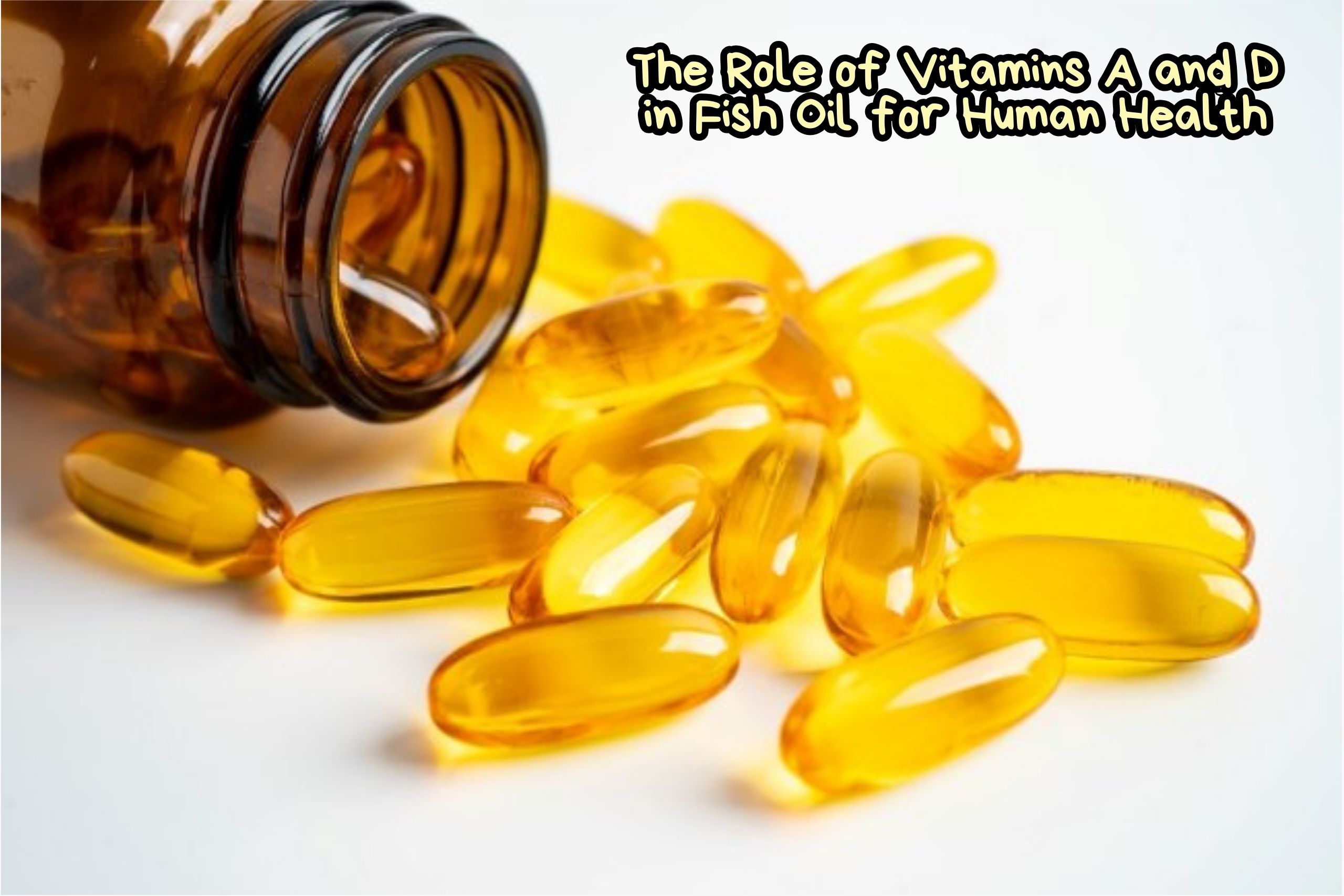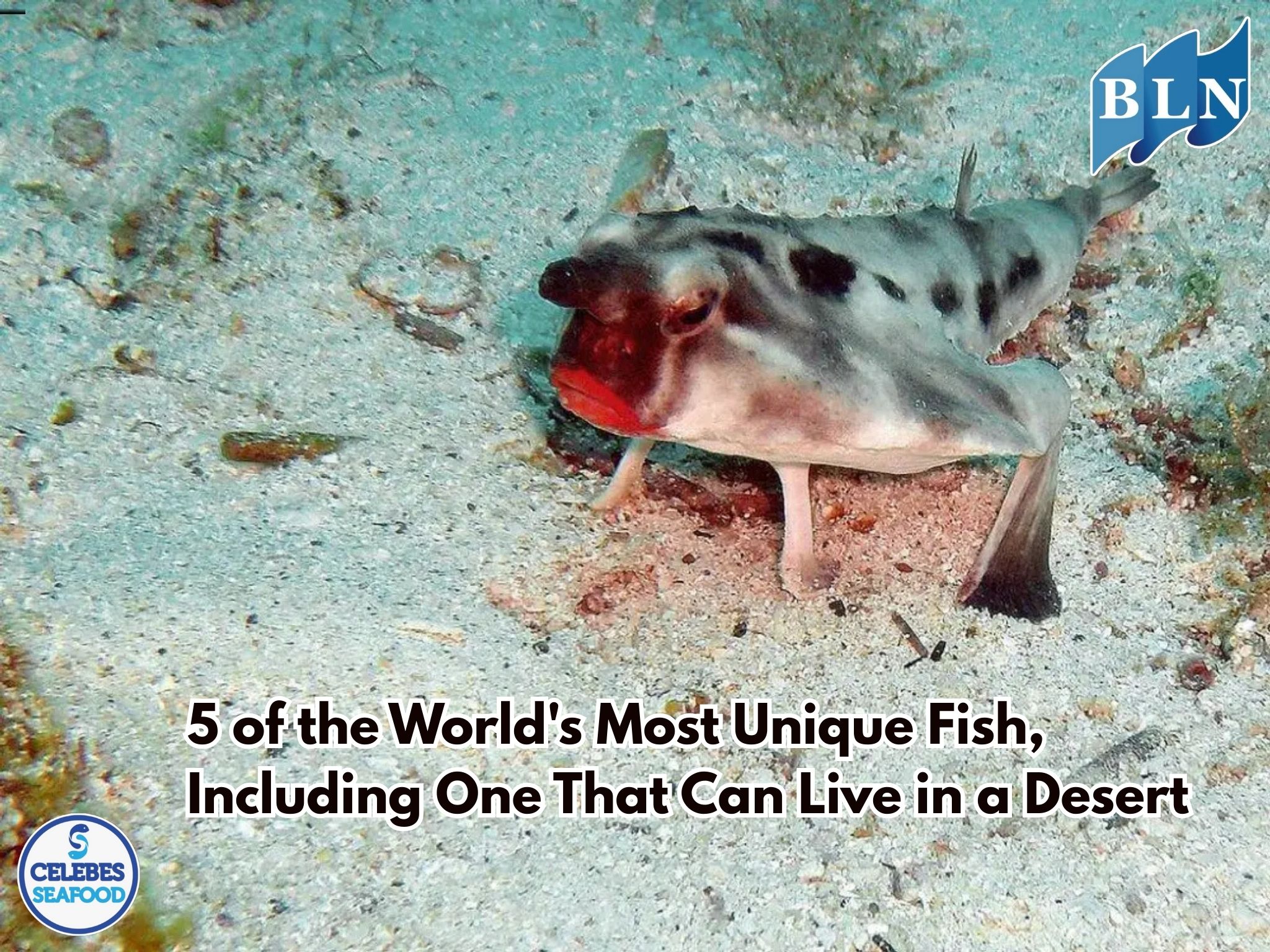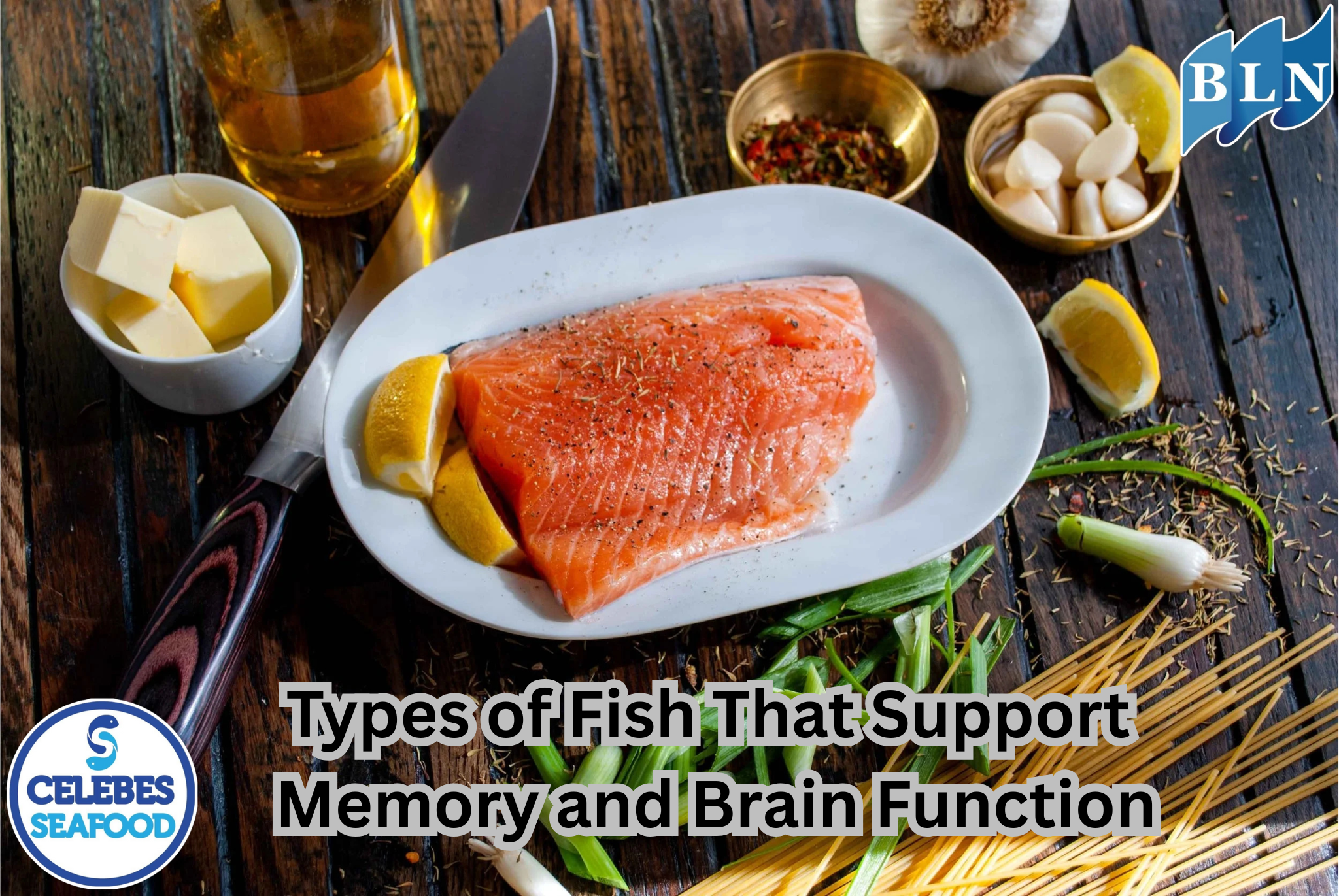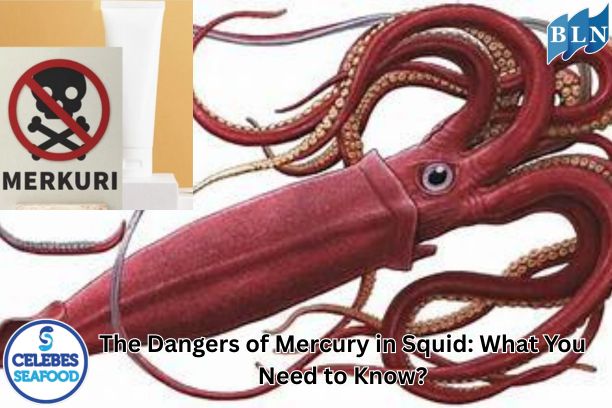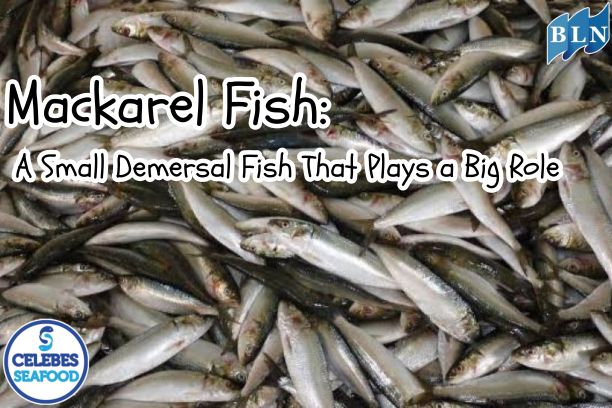Behind the Deliciousness of Squid and Cuttlefish: Which is Healthier to Consume?
By. Edi - 22 Aug 2025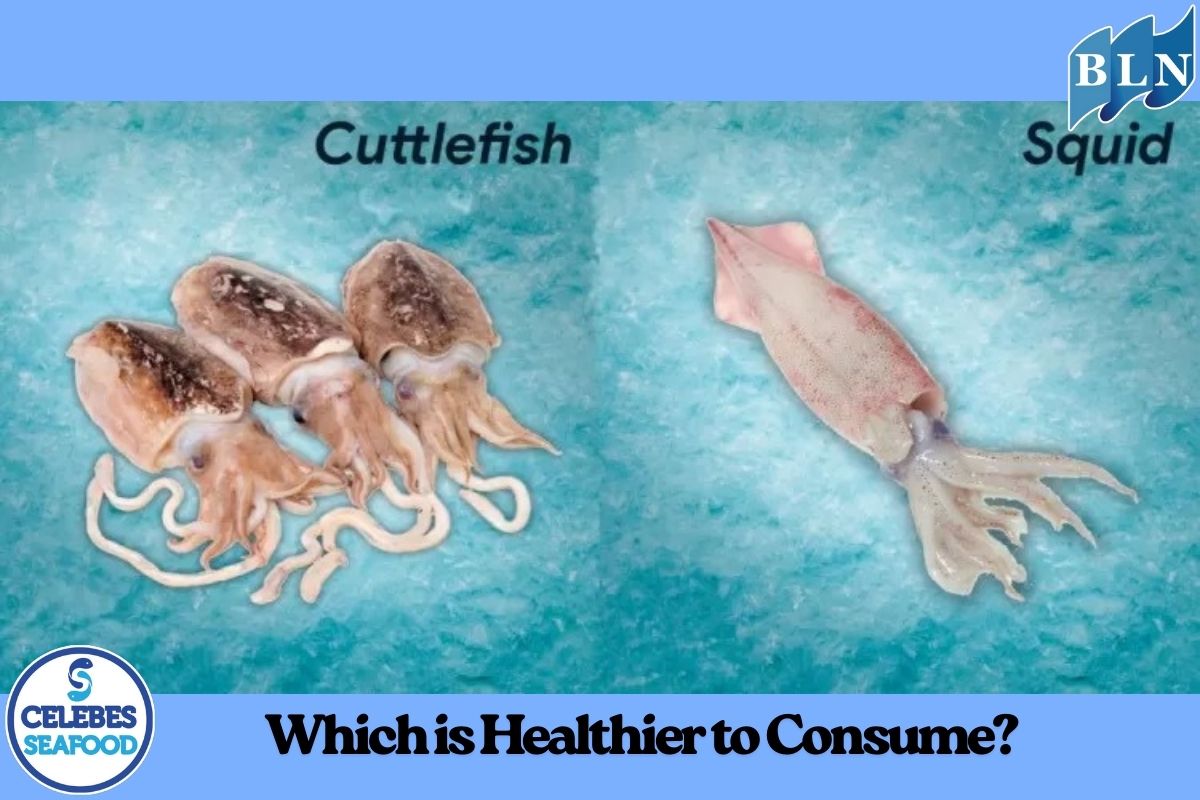
lautnusantara.com Cuttlefish and squid are often considered the same, but they differ in terms of physical appearance and nutritional content. Both are delicious, but which is superior when it comes to health? Let's compare the nutrition of these two sea cousins.
A. Key Differences Between Squid and Cuttlefish
Shape and Bones
- Squid: Has a slender, long, torpedo-shaped body. Its internal body has a thin, transparent "bone" called a pen or gladius, which is easily removed for cleaning.
- Cuttlefish: Its body is wider, flatter, and oval. Its internal bone, known as the cuttlebone, is hard, white, and made of calcium. This bone is often used as supplementary food for pet birds.
Habitat and Lifestyle
- Squid: Lives in deeper, open ocean waters. Squid are known to be active and fast swimmers.
- Cuttlefish: Prefers to live in shallow waters, such as around coral reefs or muddy seabeds. Cuttlefish tend to move more slowly and are not as active swimmers as squid.
Meat Texture and Flavor
- Squid: Its meat tends to be more chewy and elastic. It has a milder or bland flavor, so it easily absorbs seasonings from dishes. This makes it very versatile for various preparations, such as stir-fries or deep-fried dishes.
- Cuttlefish: Has thicker meat and a softer texture. It has a slightly sweeter flavor than squid. Cuttlefish meat can easily fall apart if overcooked, so it requires special attention when cooking.
Camouflage Ability
Both have the ability to change skin color for camouflage, but cuttlefish are known to be masters at this. Cuttlefish can very quickly adjust their skin patterns and colors to blend perfectly with their surroundings, earning them the nickname "chameleons of the sea."
B. Nutritional Comparison
In general, both cuttlefish and squid are excellent sources of protein, low in fat and carbohydrates. However, there are some key differences in their micronutrient content:
- Protein: Squid has a higher protein content. 100 grams of squid can contain around 16-18 grams of protein, while cuttlefish contains around 9-13 grams of protein. If you're looking for a primary protein source, squid may be a better choice.
- Minerals: When it comes to minerals, cuttlefish comes out on top. Cuttlefish tend to be richer in iron, copper, and phosphorus. Iron is essential for red blood cell formation, while copper aids in iron absorption. Phosphorus plays a vital role in healthy bones and teeth.
- Vitamins: Squid is superior in vitamin B12 content, which is crucial for nerve function and red blood cell production. Meanwhile, cuttlefish has higher levels of vitamins A and E, which act as antioxidants to protect body cells from damage.
- Cholesterol: Both squid and cuttlefish contain cholesterol. Squid is known to have quite high cholesterol levels, so it should be consumed in moderate portions, especially for those with a history of heart disease.
B. Respective Health Benefits
Benefits of Squid:
- Red Blood Cell Formation: The copper and vitamin B12 content helps with red blood cell production and prevents anemia.
- Supports Brain Function: The omega-3 fatty acids and vitamin B12 in squid are good for brain and nervous system health.
- Bone Health: The mineral content, such as phosphorus and calcium, supports healthy bones and teeth.
Benefits of Cuttlefish:
- Boosts Immunity: The higher levels of vitamin E, zinc, and selenium in cuttlefish act as powerful antioxidants that can boost the immune system.
- Eye Health: The abundant vitamin A in cuttlefish is excellent for maintaining healthy vision.
- Anti-Cancer Potential: Research shows that cuttlefish ink has antimicrobial and antioxidant properties that can help fight cancer cells.
Conclusion: Which is Healthier?
There is no clear winner. Both have unique nutritional profiles and health benefits.
Choose squid if you need a higher intake of protein and vitamin B12.
Choose cuttlefish if you want to enrich your body with minerals like iron and copper, as well as vitamins A and E.
Most importantly, how it is prepared greatly affects its health value. Avoid frying it in excessive oil or flour, as this can drastically increase calories, fat, and cholesterol. It's best to sauté, steam, or boil it to retain its nutrients.
If you are interested in our OCTOPUS WHOLE CLEANED BALL TYPE, OCTOPUS WHOLE CLEANED FLOWER TYPE please do not hesitate to contact us through email and/or whatsapp.
